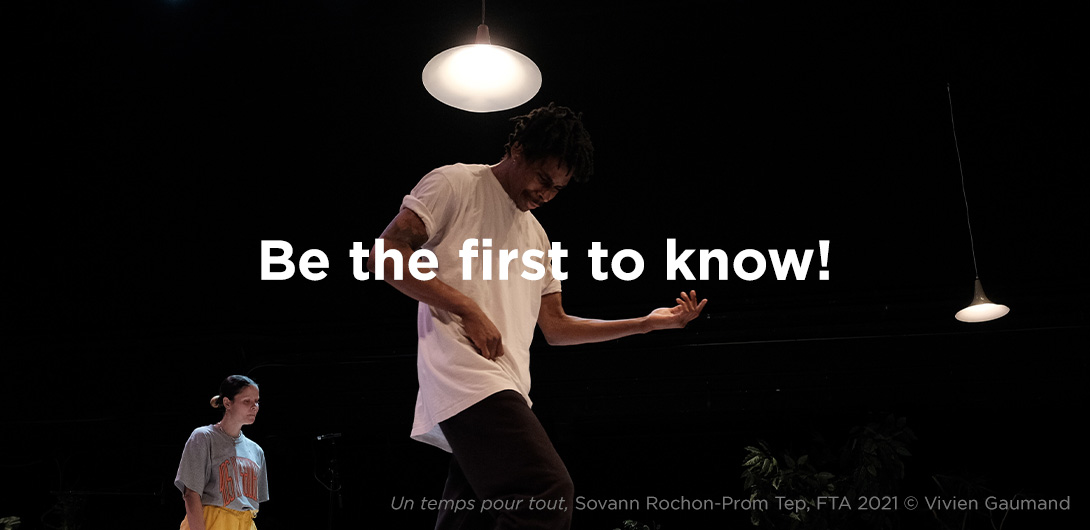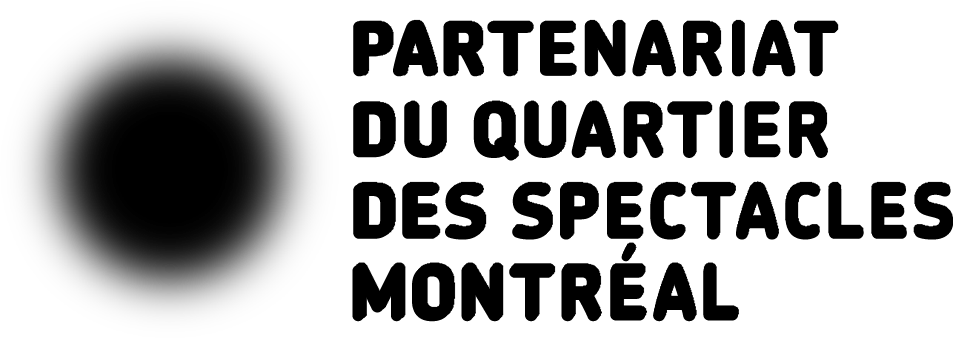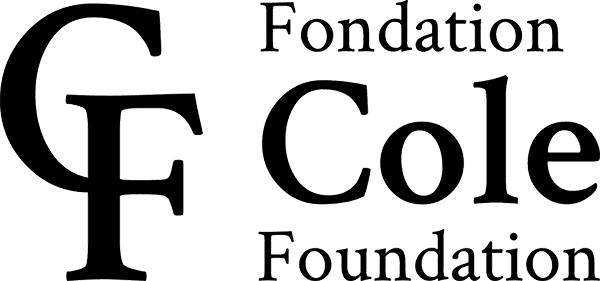For the past two years, you have spent a lot of time in your hometown of Abidjan. What prompted the desire to establish yourself there professionally?
It was a mix of nostalgia, training projects, and creative work. I grew up here. I decided to return and explore disused spaces and ruins to see what could be set up there. Most artists need reference points, or a model, and I felt ready to bring my projects here. In Côte d’Ivoire, the situation is difficult for women. I hear far too many stories of humiliation, rape, and trauma. For most of them, success means having a hair salon. Of course, that’s what they’re made to believe. We need to shatter those preconceptions and show them that success has a much broader scope. Female African creativity exists. But those who’re willing to call a spade a spade without fear of transgressing and being judged are rare. We need to help them spread their wings and harness their talents. That’s why I created the arts training program Entr’Ailes. I want trauma to be transformed into creativity. I hope that these women’s talent won’t go up in smoke.
What was the driving force behind this project? How did the initial meetings and the creative process go?
Eight years ago, during a night out in Abidjan, an evening at a bar turned into a drag show. When I saw those trans women dancing, with their power, vision, sensuality, and attentiveness, it was obvious that I was watching women artists. But by day, their reality is completely different—most often, they’re hairdressers, aestheticians, or sex workers. In the daytime, they’re part of society, but when night falls, there’s always a moment when a wall goes up, when they experience rejection and violence, even though they are contributing to the development of the country and the local economy.
As the venue of their day-to-day life, the hair salon became the starting point. That’s where you choose what kind of braids you want and how you want to look. You talk, weave hair, and unweave it too. That’s how we worked, starting with discussion and improvisation. At first, they didn’t take me seriously. Assembling them and gaining their trust was complicated, because taking part in this project meant they were agreeing to come out. That takes guts!
How did this project transform you?
In two or three years, I’ll be able to tell you. Right now, after months of touring, the car is in the garage but the engine is still hot! When you’re drawn to the periphery, to the margins, it inevitably ends up exhausting you. It hasn’t been easy. I didn’t work with professional dancers who’re used to the stage but with people who have their own stories, personal baggage, and trauma, who’re on the way to becoming what they want to be, but who haven’t become it yet. That’s what interests me. Of course, it was a shared risk for them and for me. Today, I see them under the lights having fun on stage and I feel useful. It’s a great feeling!
What does the stage mean to you?
I refer to the stage as the tatami mat. When you’re fighting on the mat in judo, you’re vulnerable, there’s a sense of urgency that lasts for a number for rounds. What makes people go on stage is related to what’s around them. For me, life is a stage. In that sense, I’m engaged in choreography every day because I take the time to observe what’s happening around me. The stage is a shelter, it’s my space, and when I’m there, I try to create a world. Some buy it, some don’t!
We live in a very hypocritical society, and that includes the world of arts. I try to follow the path that’s right for me. With no filter. That’s why I talk about the tatami mat. I don’t strike others, but when I’m struck, I absorb it. I don’t go on stage to stir things up, but when you’re driven by an urgent need to speak and be yourself, you may hurt others. As a choreographer and artist, I have the privilege and the right to create my own spaces. In Prophétique, that means creating a space of hope, affirmation, and resilience—a joyous space that’s remarkably vital, because the amazing women in it are survivors.










